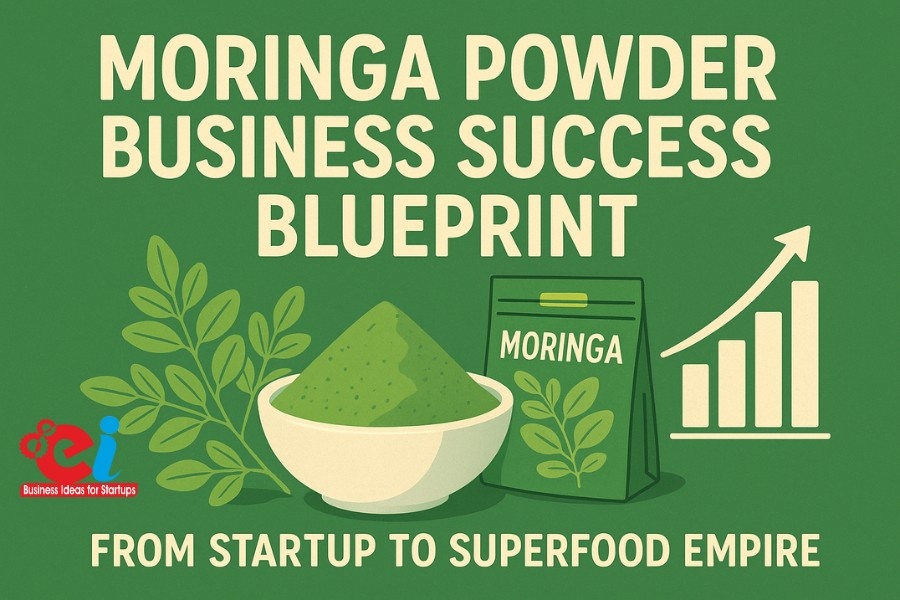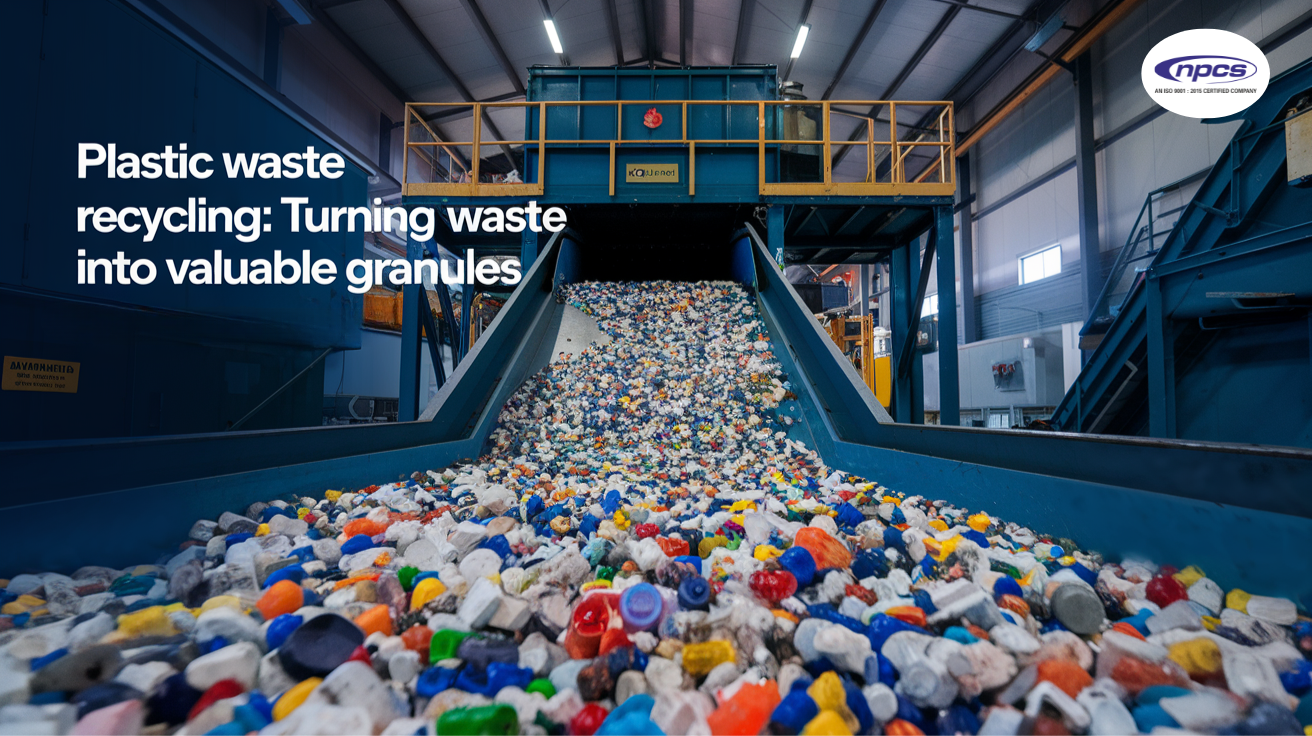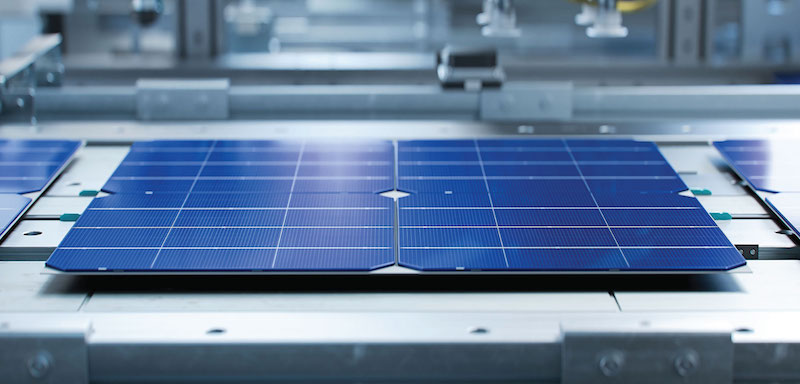High-Growth Industrial Opportunities: There is a growing need for fresh and sustainable industrial products, resulting in the creation of new businesses in India’s industrial sector, especially in the chemical, renewable energy, food ingredient, and eco-friendly materials industries.
With sustainable sourcing, strong demand, and market profitability, entrepreneurs can capitalize on the growing demand for Linear Alkyl Benzene Sulphonic Acid, Biogas Plants, Soya Lecithin, Sodium Silicate from Rice Husk Ash. This article examines supplemental opportunities(High-Growth Industrial Opportunities).
Niir Project Consultancy Services (NPCS) offers techno-economic feasibility studies that reduce the risk of an entrepreneurial venture, supporting project opportunities and informed decision-making and is the basis of the project targeted(High-Growth Industrial Opportunities).
1. Linear Alkyl Benzene Sulphonic Acid (LABSA)-High-Growth Industrial Opportunities
What is LABSA?
LABSA is an industrial and household cleaning product, a surfactant (a substance that reduces the surface tension of a liquid). It comes from the sulphonation of Linear Alkyl Benzene (LAB) utilizing sulphur trioxide or oleum.
What are the Applications of LABSA?
Used in cleaning detergents, LABSA is used in cleaning, emulsifying (the mixing of an unmixable substance), and textile wetting agents. It is also used in agrochemicals which are chemical fertilizers used in agriculture.
What is the Market Potential for LABSA?-High-Growth Industrial Opportunities
By the year 2030, the overall LABSA industry is expected to attain an estimated value of 12.4 billion USD. This is approximately a 4.6% increase for compounded annual growth. India has strong potential for domestic production and export, as India is the sole producer of LABSA, and its is consumed proportionately 60% designed for the domestic market.
Read More: Linear Alkyl Benzene Sulfonic Acid (LABSA) Business Plan for Production
How is LABSA Manufactured?
The manufacturing processes involves 4 interlocking steps listed as: 1 feedstock preparation of high spins of purity LAB. 2 Sulphonation of oleum or sulfur are ions three, and 4 are encapsulated with ribs of grade A caustics to develop the neurtalized salted. 5 and final is the packaging for Copass.
Why Should Entrepreneurs Consider This Business?
A high domestic requirement for LABSA is prompted from the detergent industry. Sufficient feedstock, potential for export to Middle Eastern and African markets, and moderate investments means reduced breakeven points, this opportunity is especially compelling.
10,000 MT/y system with cost rationalized funding assumptions a medium scale allows the complexity to be reduced with high market share.
2. Biogas Plants-High-Growth Industrial Opportunities
What are Biogas Plants?
Organic waste recovery is the conversion of animal manure, food waste, and agricultural residues to biogas and nutrient waste. Processed waste is also a source of nutrient waste. Aligned with a dash of methane, the biogas has utility as a gas for combustion, generation, or as compressed biogas (CBG) for use in vehicles(High-Growth Industrial Opportunities).
Market Potential for Biogas in India-High-Growth Industrial Opportunities
According to the government, there are more than five million installed biogas plants in India with a goal of achieving 10 million units by 2030 and a compound annual growth rate of 9-11% growth.
Read More: Biogas Power Plant
How is a Biogas Plant Set Up?
The Setup Includes:
- Collection of feedstock \- Collection and pretreatment of an organic material stream to ensure a consistent and available supply.
- Anaerobic Digestion Tanks \- Tanks where the waste is broken down by bacteria.
- Gas Purification and Storage \- Removing impurities and moisture to store gas.
- Gas delivery systems for power systems.
What are the Business Models and Revenue Streams?
Entrepreneurs can use a Build-Own-Operate model by selling biogas to customers and/or selling biogas to the electrical grid. Other models can be a franchise or public-private partnership (PPP). Revenue can be obtained from selling biogas (₹45-₹60/kg), selling the converted waste (slurry) for organic farming, and obtaining carbon credits.
Why is This Business So Attractive?
Biogas plants, with the government incentives under the SATAT program and the waste-to-wealth business model, are highly attractive. Potential customers can be municipalities, commercial kitchens, dairy farms, and industrial estates(High-Growth Industrial Opportunities).
Read Our Book: Click Here
3. Soya Lecithin-High-Growth Industrial Opportunities
What is Soya Lecithin?
Soya lecithin is one of the natural emulsifiers obtained from the oil of soybeans. It is used in the food, feed, pharma, and cosmetics industries.
What are the Applications of Soya Lecithin?
- Food: Chocolates, baked goods, and dairy.
- Pharmaceuticals: In some capsules and ointments.
- Animal feed: Used for digestive and fat metabolism improvement.
- Cosmetics: Used as a stabilizer in creams and lotions.
What is the Market Size and Growth?
The soya lecithin market is projected to reach 1.65 billion in 2025, increasing at a growth rate of 6.8 percent. In India, the market is estimated at 0.18 billion, and the growth for the next 5 years is about 8–10 percent.
How is Soya Lecithin Manufactured?
The Manufacturing Process Includes(High-Growth Industrial Opportunities);
- Collection of crude soybean oil.
- Degumming through hydration to remove the gums.
- Drying and bleaching to adjust the color and purity.
- Filtration and packaging for food or pharma grade.
Why is this Business Promising?
This is a good opportunity because of the high health awareness, increasing consumption of processed foods, and export opportunities in Europe and Asia. A small to mid-sized unit of 1 to 5 tons per day requires only moderate investments.

4. Production of Sodium Silicate from Ash of Rice Husk-High-Growth Industrial Opportunities
What is Sodium Silicate?
Sodium silicate is a principal chemical. It is also referred to as water glass and can be made from renewable sources like Rice Husk Ash (RHA), a plentiful agricultural waste.
What are the Uses of Sodium Silicate?
Sodium Silicate is used in many industries such as detergent, adhesive, binder, foundry mold, refractories and chemical of construction.
What is the Market Prospect?
As per the reports, the market for sodium silicate, expected to be $9.5bn in 2025 is expected to be 11.8bn in 2030, and it is expected to grow at an annualized growth rate of 4.2%.
What is the Procedure for the Production of Sodium Silicate from Rice Husk Ash?
Preparation of the raw materials (rice husk ash and sodium carbonate). Mixture is done and putting in the regenerative furnace for 2 hours to 4 hours at a temperature of 1100-1300°C. Once done, the solid glass-like product obtained is cooled and crushed. Water along with steam is used to produce liquid sodium silicate from the lumps(High-Growth Industrial Opportunities).
What is the Reason for the Attractiveness of the Business?
To utilize ash from burnt rice husks decreases raw materials, carbon emissions, and is a nature friendly waste management. India produces over 20 million of rice husk ash, thus giving a constant supply and supports low emissions. The demands for such product in detergents, construction, and adhesives are already commercially available.
Read Our Project Report: Click Here
Comparative Snapshot-High-Growth Industrial Opportunities
LABSA: As projected, the LABSA market in India is estimated at around ₹8,000 Cr in 2025, growing at 4–6%. The essential primary materials are Linear Alkyl Benzene (LAB) and Sulphur Trioxide. The primary consumers of LABSA are manufacturers of detergents. The business can be started with moderate investments and exporting it is highly viable.
Biogas Plant: The biogas plant market in India has a projected value of ₹4,000 Cr by the year 2025, with a growth rate of 9–11%. The only primary raw material is organic waste. The main consumers are municipalities and diverse industries. The investment needed to set up a biogas plant is moderate to highly expensive, and the potential for exporting is moderate.
Soya Lecithin: The market for soya lecithin in India is expected to be around ₹1,500 Cr by 2025, with a projected growth rate of 8–10%. The primary raw material is soybean oil. The main consumers are the food and pharmaceutical industries. The level of investment in starting a soya lecithin plant is moderately high and the potential for exporting is high.
Sodium Silicate (RHA): As per industry reports, the market for sodium silicate (derived from rice husk ash) in India will be around ₹2,500 Cr by 2025, with an estimated growth of 4–6% per year. The main raw materials needed for manufacturing are rice husk ash and sodium bicarbonate. The detergent and construction sectors are the main consumers. This venture requires an average initial capital, and potential for exporting is very high.
Incentives Provided by the Government-High-Growth Industrial Opportunities
- Subsidies for biogas renewable energy projects.
- Incentives for projects utilizing agro-waste, including rice husk.
- PMFME and MoFPI grants for value-added food products like soya lecithin.
- Single-window clearances, guidance of the pollution board, and BIS norms for chemicals.
Find the Best Idea for Yourself With our Startup Selector Tool
Concluding Remarks-High-Growth Industrial Opportunities
Many industrial sectors, including Sodium Silicate from Rice Husk Ash, Biogas Plants, Soya Lecithin, and LABSA, remain in high demand and are environmentally sustainable, allowing for profitability.
With the guidance of NPCS, light capital infusion, and moderate government assistance, the industrialist will be able to set up a sustainable, scalable, and profitable business in the manufacturing sector, and will be able to contribute to the make in India initiative.
FAQS-High-Growth Industrial Opportunities
Q1. Which of these sectors/industries has the least initial investment to set up?
In the soya lecithin sector and the LABSA sector, the investment needed is on the lower side, while for biogas plants, the investment requirement is a bit on the higher side when compared to the other two, but overall, it is moderate.
Q2. Which product has the greatest potential for exportation?
LABSA, soya lecithin, and sodium silicate all have strong potential for export as the demand for each is global. Biogas is predominantly a domestic market driven business.
Q3. How do I make sure I have quality compliance?
This answer relies heavily on the product: Chemicals have BIS and ISO standards, food ingredients need FSSAI, and all plants have local pollution standards.
Q4. Is easy scaling of these businesses possible?
Yes, all four products permit incremental scaling. Entrepreneurs can launch with a pilot of a medium-scale unit to mitigate risks and scale up as the demand increases.
Q5. Is there availability of Government incentives?
Certainly, all four sectors receive Government support, including subsidies on renewable energies, aid for agro-waste processing, and grants for food processing.

























